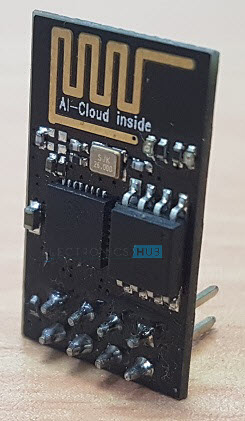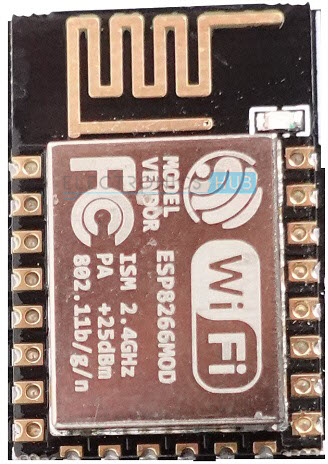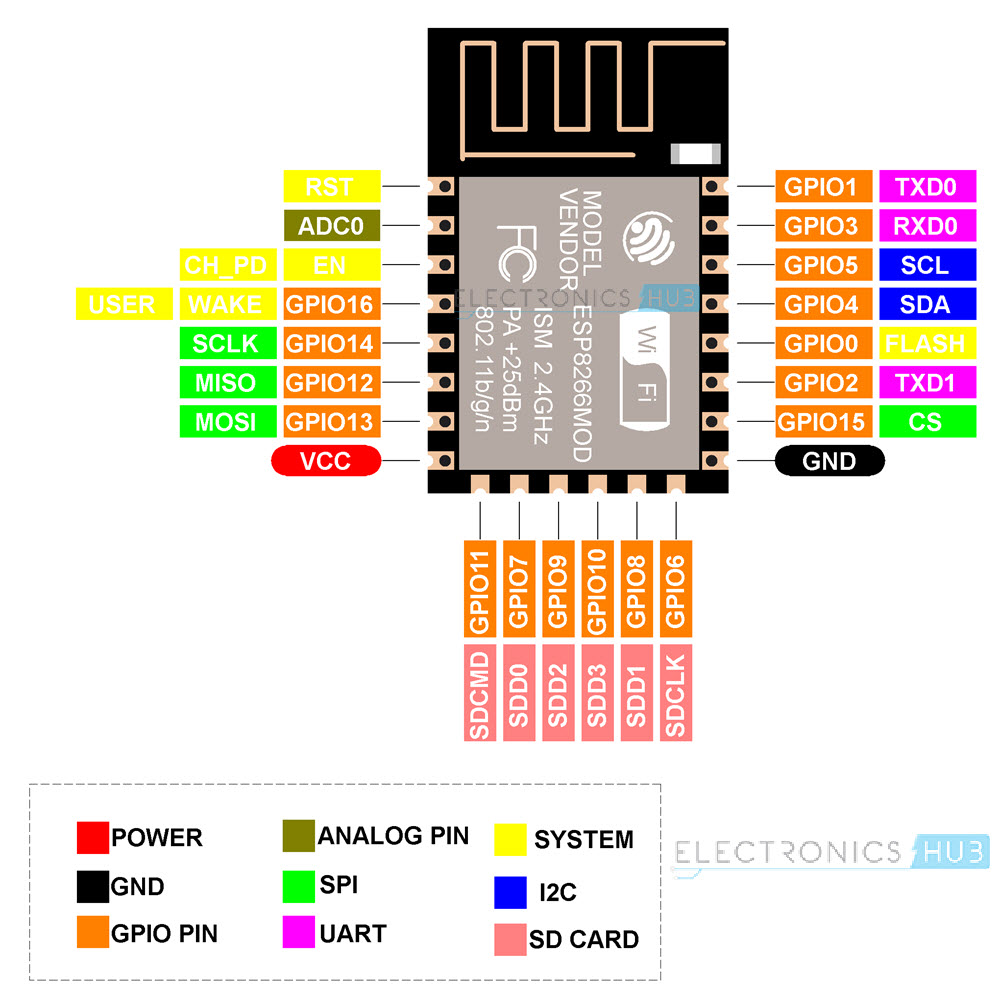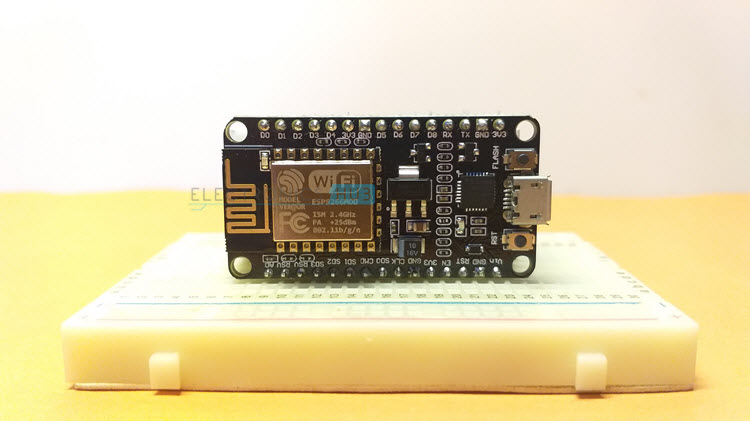NodeMCU Pinout and ESP-12E Pinout | Pin Description, Peripherals
Содержание
In this tutorial, we will see the Pinouts of both NodeMCU board as well as the ESP-12E Module, which is the base board for NodeMCU. The ESP12-E Pinout will be helpful if you are developing your own hardware and understanding the NodeMCU Pinout is very useful if you are working with ESP8266 NodeMCU board.
Introduction
Even though the concept of Internet of Things (IoT) has been there for several years, it really took off once the DIY community started investing in it. To aid low-cost and easy to implement IoT systems, you need both the supporting hardware as well as good software.
This is where Espressif Systems came into picture with a bang. The ESP8266 SoC, released back in 2014, has been the go-to chip for IoT related projects in the DIY community.
Several third-party manufacturers took the ESP8266 SoC and started developing small modules and boards, that can be easily integrated into our existing hobbyist setup consisting mainly of Arduino.
One of the popular ESP8266 based module is the ESP-01, developed by Ai-Thinker. This is a simple board with the ESP8266 SoC, a flash memory and few pins to connect to other devices like Arduino.

This is a great board to start with ESP8266 but there are a few limitations like the pins are not breadboard friendly, only two GPIO pins, need for an USB to UART converter module to program etc.
So, what manufacturers started doing is instead of using the vanilla version of the ESP8266 Module, which is the ESP-01, they started using a slightly advanced version called the ESP-12E, which is also from Ai-Thinker.
The good thing about ESP-12E is it has more GPIO Pins and the PCB comes with castellated edges so that you can easily solder this board on to your own design.
ESP-12E Module
Ai-Thinker’s ESP-12E is a Wi-Fi Module based on ESP8266EX SoC. The ESP8266EX SoC is a Wi-Fi chip based on Tensilica’s L106 Diamond 32-bit Processor and an integrated Wi-Fi MAC, with support for full TCP/IP Stack.

Since it has a Microcontroller (in the form of Tensilica’s L106 Diamond), the ESP-12E can be used as either a stand-alone device with its Wi-Fi connectivity and GPIO Pins or it can be used as a Wi-Fi adapter for other microcontrollers like Arduino, for example, through UART interface.
The ESP-12E Module consists of ESP8266 SoC, 4MB of SPI Flash, 26 MHz Crystal, PCB antenna and some RF related components. As you can see from the image, the ESP-12E has a lot more pins than ESP-01 Module and all the pins on the PCB are edge castellated.
ESP-12E Pinout
If you are interested in designing your own breakout board for ESP-12E Module, then the following ESP-12E Pinout image will be very useful for you. As you can see, there are 22 pins on the ESP-12E Module.

The above pinout diagram of ESP-12E Module describes all the pins and their alternative functions as well. The following table describes the pins of ESP-12E Module.

| Pin | Function |
| RST | Reset the Module |
| ADC0 | ADC Pin with 10-bit resolution |
| EN | Chip Enable Pin (active HIGH) |
| GPIO16 | GPIO16 pin (wake pin from deep sleep mode) |
| GPIO14 | GPIO14 pin (HSPI_CLK) |
| GPIO12 | GPIO12 pin (HSPI_MISO) |
| GPIO13 | GPIO13 pin (HSPI_MOSI) |
| VCC | 3.3V Power Supply (max 3.6V) |
| SDCMD | SDIO CMD (GPIO11) |
| SDD0 | SDIO Data 0 (GPIO7) |
| SDD2 | SDIO Data 2 (GPIO9) |
| SDD3 | SDIO Data 3 (GPIO10) |
| SDD1 | SDIO Data 1 (GPIO8) |
| SCCLK | SDIO CLK (GPIO6) |
| GND | Ground Pin |
| GPIO15 | GPIO15 pin (HSPI_CS) |
| GPIO2 | GPIO2 pin (TXD1) |
| Flash | Flash Pin (GPIO0) |
| GPIO4 | GPIO4 pin (SDA – software I2C) |
| GPIO5 | GPIO5 pin (SCL – software I2C) |
| RXD0 | UART0 RXD pin (GPIO3) |
| TXD0 | UART0 TXD (GPIO1) |
ESP8266 NodeMCU Breakout Board
Using the ESP-12E Module as the base board, the NodeMCU team developed a breakout board for their NodeMCU Firmware project and made the design open source. I already discussed about the on-board peripherals of the ESP-12E NodeMCU board in the “Getting Started with NodeMCU” tutorial.

In that tutorial, I just gave a simple pinout image of NodeMCU without any in depth explanation. That is what this tutorial is for. First, we will see the pinout diagram and then understand the functions of each pin.
NodeMCU Pinout
The following image shows the pinout for NodeMCU board. A typical NodeMCU board (if it is based on the original NodeMCU Devkit design) has 30 pins. In this, 8 pins are related to power and 2 are reserved. The remaining 20 pins are associated with pins of ESP-12E Module.
Источник:










